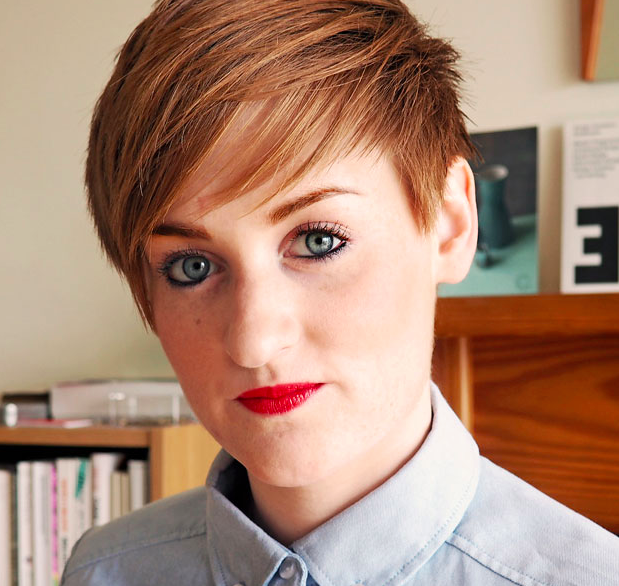What's your background? How did you get to where you are?
Okay so my design background doesn’t have much of a history as of yet. In 2013 I graduated from the Design in Visual Communications programme at IADT, Dun Laoghaire, so I’m just over two years into my professional career as a designer. When I graduated in 2013 I worked at Atelier David Smith; in 2014 at Science Gallery Dublin; and right now I’m a designer at IBM Studios Dublin where I design software products. The type of projects that I’ve worked on over the last two years have been pretty varied. During college I had the privilege of exploring different areas of design – editorial, spatial, motion, digital, etc. so as a consequence I have a pretty broad range of interests in the space. I guess that’s how I ended up making the move from Atelier – an independent typographic studio, to IBM – a global enterprise with over 400,000 employees.
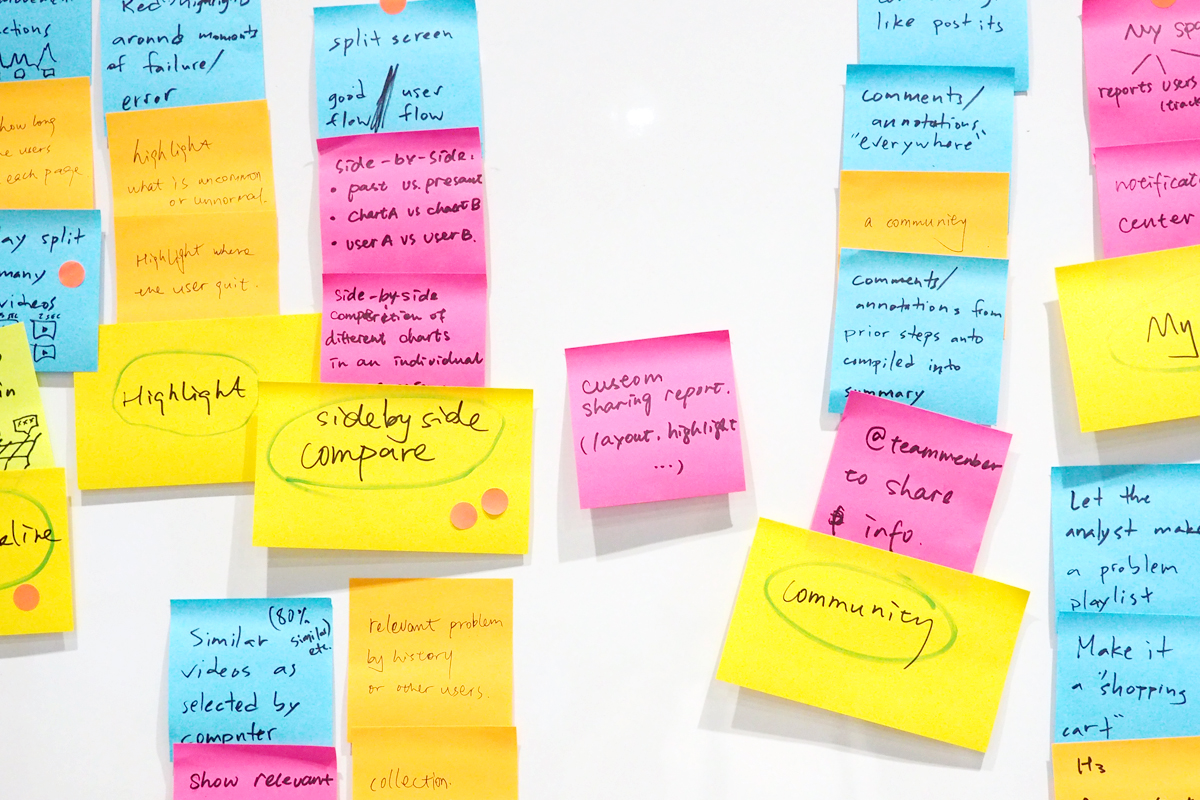
How would you define your role / practice right now?
Officially my role at IBM Design is “Software Product Designer” and on my team I’m the “Visual Designer”. As a product designer my role involves input from the initial concept stages right through to the actual delivery of the product. User research, site-mapping, wire-framing, competitor analysis, prototyping and testing is all part of the process. I share a lot of these responsibilities with my design team which is made up of UX designers, researchers and front-end developers. My role as a visual designer means I’m also responsible for creating the actual layout and defining the look n’ feel of the UI. It’s pretty exciting working across these different design disciplines because there’s always so much to do.
Do you think that definition will change?
I don’t think my role will change drastically any time soon within IBM Design which works for me as I’m just starting into my second year there. As for the long term, considering I’m at the beginning of my career I have no doubt it will change. I’ve no idea where I’ll be or what I’ll be doing in 5, 10 or even 20 years time. So far I’ve really enjoyed the varied experiences of working in print, exhibition and product design, albeit relatively briefly, so I’m definitely open to exploring other areas in design.
What do you set out to do with your work?
On a personal level I set out to learn as much as I can with each project. I welcome challenges, both big and small, because I believe those experiences will make me a better designer and result in smarter design outcomes. I try to be diligent and attentive so anyone who touches my work, whether my team or an end-user, can understand why things are the way they are. And I like to have fun with my work. Designing enterprise software can be restrictive so finding ways to be creative within such tight constraints is important.
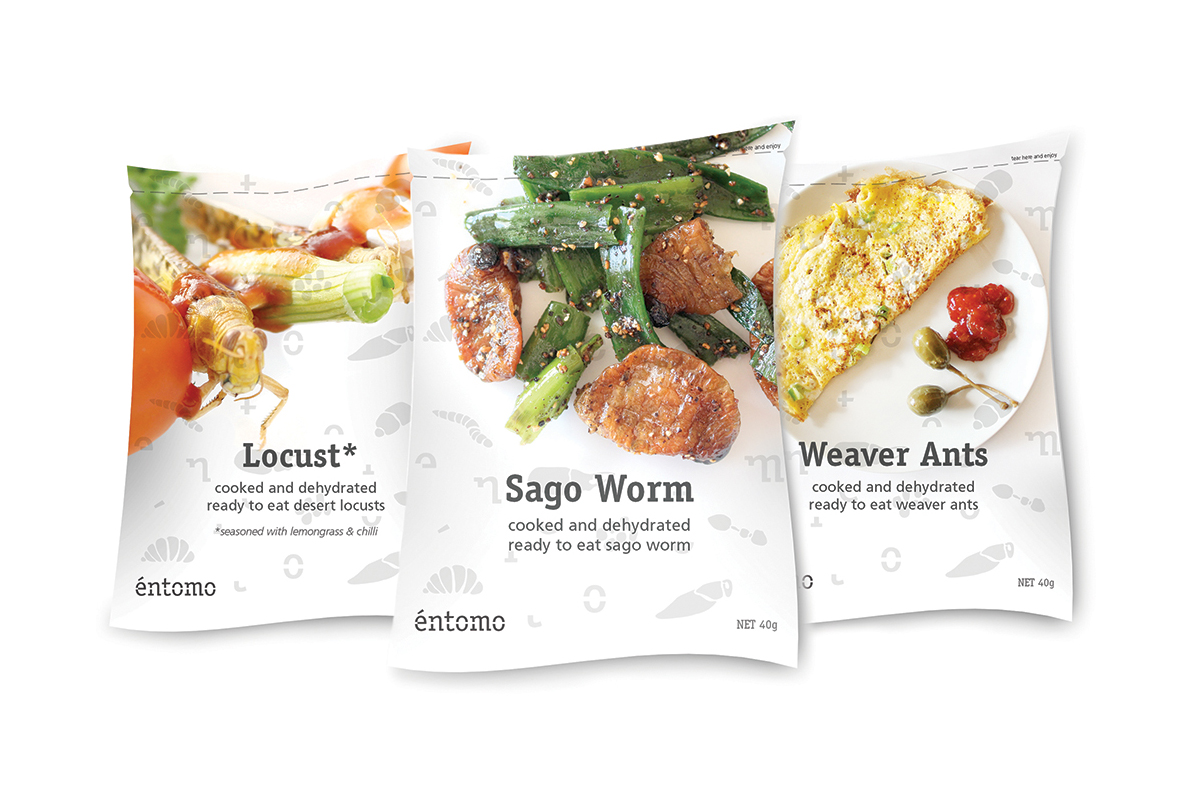
What's your motivation?
Having the ability to create solutions that can have a positive influence on a person, whether it’s a once off experience or a recurring engagement with your design, is really motivational. Watching people experience their first “aha!” moment when they realise the value and potential of design is also exciting. Of course, my peers and mentors are hugely motivating. We’re constantly pushing ourselves to questions things and be better at colouring in. I mean designing.
What values do you try and instill in your work?
I’m a pretty empathetic person so I like to spend time understanding and getting to know who I’m working with and who I’m designing for. I think empathy is a really important trait to have as a designer and it shows in your work. Design can be altogether functional, beautiful, and emotive so as obvious or ambitious as it may seem I like to instill each of these values in what I do where and when possible.
What is the main focus of your practice?
User-centered Software Product Design. What a mouthful. Basically the goal is to create delightful experiences that speak to the user/client’s needs. To get to that point the focus is on UX, research, and UI design.
What are the areas you work in?
Each designer at IBM Design is assigned to a specific brand or division within IBM. I work in Security (no, I’m not a bouncer or night watch). In a nutshell I design software products that help stop the ‘bad guys’ in cyberspace from hacking your data and stealing personal information. That’s a very simplified way to explain the domain because it’s actually quite technical and complex. Outside of my primary job as a designer on Security I also participate in and run workshops to educate people about IBM Design Thinking – the framework we use to encourage and improve collaboration between our internal teams. Other projects come into the studio from time to time which are separate from core product assignments. One such project I was able to lead this year was the design of a new tourism app for Irish Design 2015. The project was part of a collaboration between IBM Dublin and ID2015 to celebrate the Year of Irish Design. For me, it was a great opportunity to get stuck into app design for the first time, work closely with a team of developers, and collaborate with external parties.
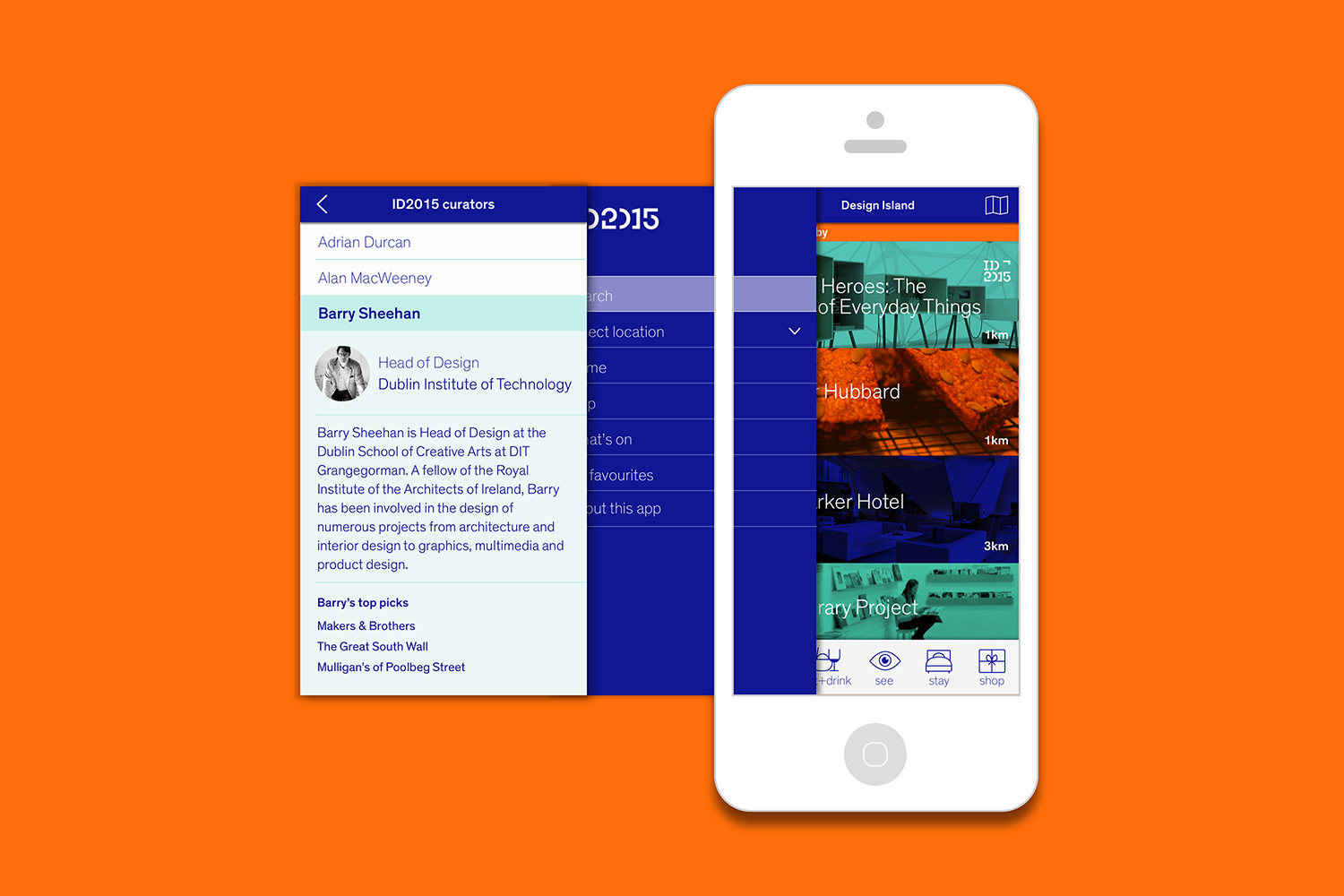
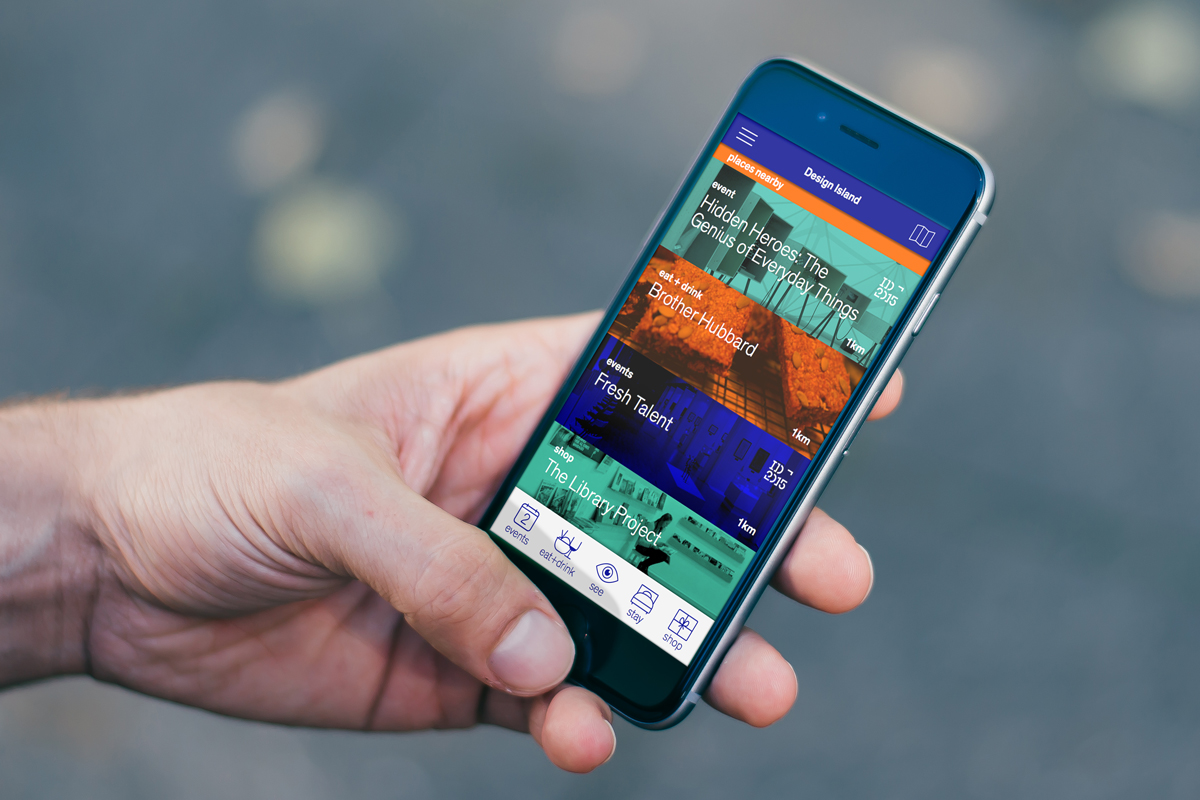
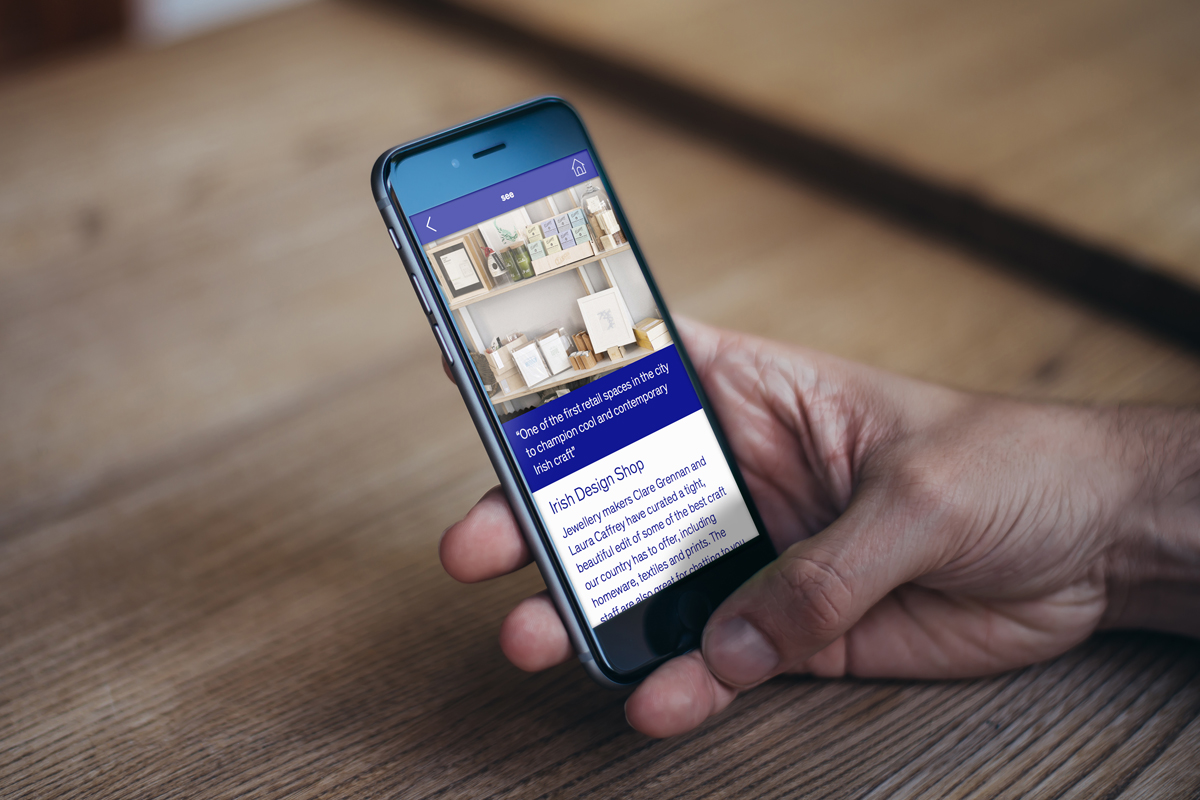
What is the scale of your projects?
Big. Really big. Right now my entire team of design, engineering, and product management is located in Texas, Canada, Israel, and Ireland so there’s a lot going on, from strategy and project planning to wireframing and visual implementation. On the other hand some projects require less input and time. For example, an existing UI may need a simple refresh or update to ensure it sits within brand guidelines. There may only be a couple of people dedicated to seeing these smaller tasks through to development in contrast to the longer term projects that require much larger teams and much more time.
How many projects do you undertake a year?
I generally have one main project and a couple of smaller ones going at once. I’ve only been at IBM for a year and in that time I’ve worked on six or seven projects. Although I haven’t always been involved from the beginning to end on all of these – the work is often shared between global teams so we each step in at different moments depending on what’s required.
How long are your timelines?
It really depends on the scale of the project and where it lies on the overall product lifecycle. The design phase could take anywhere from two months to a year or more.
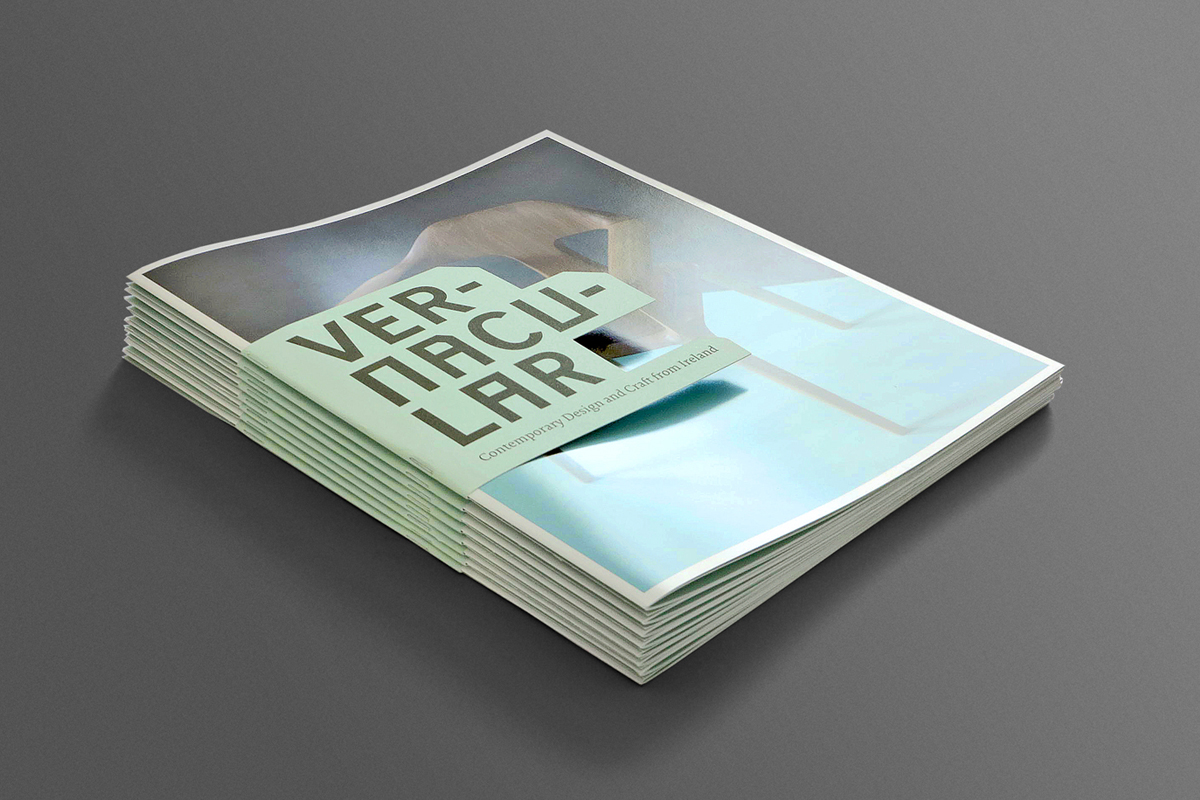
Can you give an indication of the budgets you work with?
Even if I knew I couldn’t tell you.
Can you give us a sense of what your working week would be like?
Mondays are spent re-grouping after the weekend and planning for weekly deliverables while drinking lots of coffee. Every Tuesday we have a studio gathering which is pretty interesting. We often run crits during this session or share best practices in UX, things like that. Wednesdays and Thursdays are probably the most productive days of the week for me and involves lots of collaboration with both my team in Dublin and Austin. I try to dedicate Fridays to my side projects if time allows. In general my weeks are packed full of meetings and emails and conference calls – the woes of working in a global corporation!
What type of outputs/outcomes do you deliver?
It’s almost all digital. Once designs are complete I deliver specs to the development team – pixel perfect redlines, brand guidelines, icons and other visual assets, user flows, and interactions. Although I take on the role of visual designer other outputs include research in the form of user interviews and competitor audits. At the beginning of each project I often contribute to writing the overall objectives and goals that will help define the project outcomes. For any workshops that I’m involved in the outputs include hundreds of post-its, prototypes, ideas and opinions. Not all mine of course.
Do the people you work with understand what you do / understand the value?
Yes and no. I work with a lot of people in a lot of different areas so naturally some understand design a little more than others. The introduction of IBM Design as an internal organisation and creative resource is still relatively new to the company as a whole, so demonstrating the value of design can be a real challenge when working with people outside of your immediate design team. IBM was previously driven by engineering and technology so not surprisingly, designers are often perceived to be the ones who ‘prettify’ the interface before it goes to market. Proving otherwise can be somewhat time consuming. On the other hand I’ve worked with plenty of non-designers in the company who are incredibly receptive to what we do and in general there seems to be a real enthusiasm for it across the board. That’s kind of deadly. Overall I think there are different levels of understanding even within my own design team simply due to differences in culture and experiences but that’s par for the course.
What do you consider a successful project to be?
Delivering a solution that everyone on the team is proud of and creating something that ultimately improves the workflow of the end-user. Sometimes the success of a project can seem small to begin with. Ideas and features are usually implemented incrementally over numerous release cycles so it’s important not to be too precious when it comes to your work – designs don’t always see the light of day no matter how good you think they may be. There are plenty of variables and limitations associated with such intense and large scale projects so finding ways to overcome these and still produce a great experience at the end can be a big win.
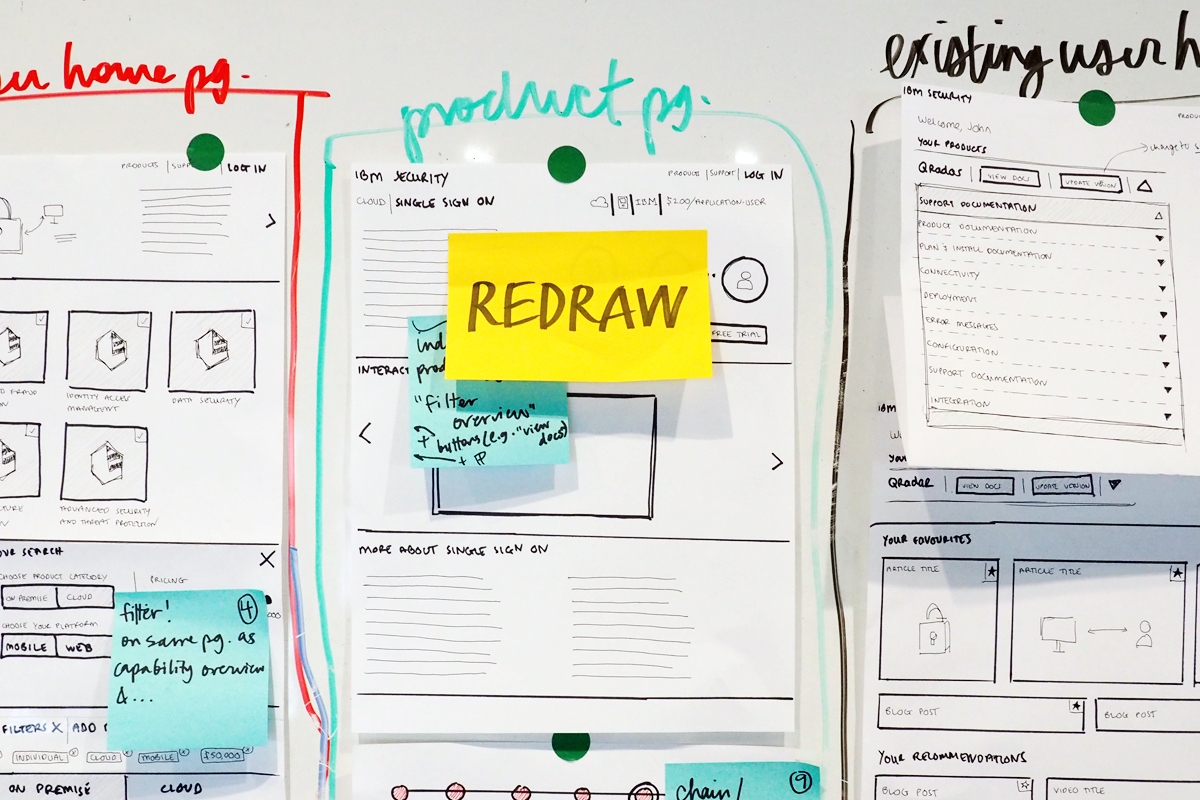
What do you feel is the impact of what you do?
I design for people who work in high pressured environments. Their job involves monitoring and resolving security threats and data breaches in banking, government and healthcare industries. These guys often rely on really complex systems to keep them on track so if we can find a way to make their job more efficient and enjoyable then we’re making a positive impact at a granular level. Outside of that, building a sustainable design culture within a company of 400,000+ employees can be very impactful. Part of my job involves educating others about design and Design Thinking so we can establish a more effective way to create greater outcomes than currently exist.
What's the most important thing to get right in order to do your job properly?
It’s hard to pick just one so I’ll give you three. Understanding the domain or working closely with those who know it inside out is so important when working in tech, security, and enterprise. I don’t have a whole lot of knowledge or experience in these areas so making sure I have right information from the right people helps get the job done properly. User feedback is invaluable. Without that we run the risk of overlooking the actual problem we’re trying to solve. And a strong team dynamic should be cherished if you’re lucky enough to have one. Good communication and a reliable cohort makes it easier to overcome any barriers or moments of uncertainty you might face.
Are you working the way you want to? What would you change?
The way I work is always changing. Willingness to adapt and learning to be comfortable with ambiguity is crucial, especially when you’re starting out in the industry. In terms of my day-to-day – remote collaboration makes it difficult to work at a consistent speed so finding a good workflow rhythm for me and my team takes some trial and error.
If I’m honest, I don’t really have an ultimate agenda for how I want to work yet. As long as I understand and acknowledge what didn’t work so well in past projects then I have the chance to change things and grow. Maybe the next time someone asks me this question I’ll have it all figured out, although something tells me it doesn’t quite work that way…
